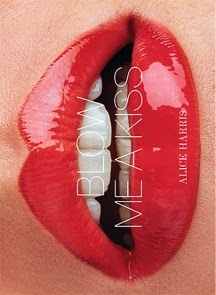 For many people, couture brings to mind a list of grand names stretching back 120 years: Worth, Patou, Chanel, Dior. But a very real part of France's glorious apparel industries has always been her petites mains–the small army of seamstresses, pattern makers, embroiderers and the like, whose artistry creates the stage upon which couturiers dance. Diana Vreeland knew this: within weeks of 1944's Liberation of Paris, she asked French colleagues to send "one perfect black organdie rose." This was a litmus test: Vreeland scrutinized her flower and determined it was as well-made as anything produced before the war. Whereupon she swept from her office into the halls of Harper's Bazaar to bellow her pronouncement: The Couture had survived!
For many people, couture brings to mind a list of grand names stretching back 120 years: Worth, Patou, Chanel, Dior. But a very real part of France's glorious apparel industries has always been her petites mains–the small army of seamstresses, pattern makers, embroiderers and the like, whose artistry creates the stage upon which couturiers dance. Diana Vreeland knew this: within weeks of 1944's Liberation of Paris, she asked French colleagues to send "one perfect black organdie rose." This was a litmus test: Vreeland scrutinized her flower and determined it was as well-made as anything produced before the war. Whereupon she swept from her office into the halls of Harper's Bazaar to bellow her pronouncement: The Couture had survived!In fact, at that time there were literally hundreds of small, independent French businesses supplying specialized work to the larger couture industry. It's shocking to realize most of them have disappeared, driven to extinction by changing tastes, rising labor costs and shifting priorities. These days, few young people care to own or even learn about something as quaint as a handmade silk flower–and fewer still would choose a career in this now-obscure area of expertise.
Today, there's only one company in Paris making couture-quality flowers: Maison Legeron. In business since 1880, it's still run by the original family (the current manager is a great-grandson of the founder). Most work is done by hand, often with the same equipment used in decades past. Silk is pinned on wooden frames, then dipped in liquid gum, starch or even flour; textured materials, like velvet, feathers or fur are coated with a brush (or left dry). Metal punchers, like big cookie cutters, are used to stamp out different types of flowers, after which the petals are carefully molded and hand-painted. Then they're gathered, massed, twisted and tweaked into shape, and finished with anything from sequins to more natural-looking leaves and stems.
Most of these small works of art are sold to couture houses, but Couture Lab offers a few of Maison Legeron's floral brooches. They're not expensive, but their effect is stunning: even a single large flower, worn at the neck, hip or wrist, transforms a simple dress into something extraordinary. You may not care to invest your money–or time–in custom-made clothing, but these unique flowers streamline the process. Just pick a bouquet, have it delivered and enjoy the haughty thrill of wearing one small piece of French couture.
www.legeron.com
www.couturelab.com

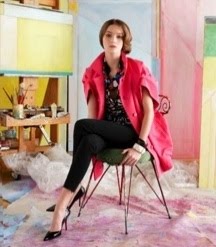
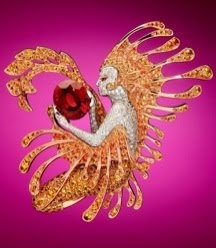






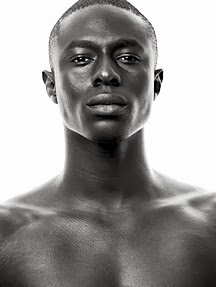










.jpg)

.jpg)

.jpg)
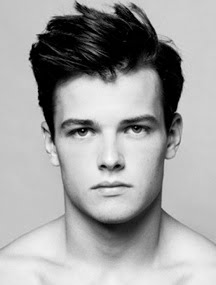

.jpg)




.jpg)





